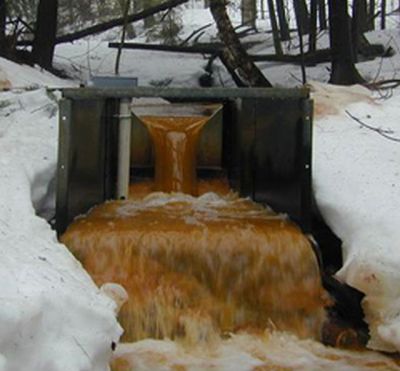Awareness is growing over the presence of organic contaminants in the water cycle, but current monitoring strategies focus on a limited selection of priority pollutants. However, recent advances in high-resolution liquid chromatography mass spectrometry have enabled previously undetectable organic contaminants to be detected.
The CONTAMINANTID project improved the identification of organic contamination in water by developing an automated procedure that searches compound databases. Current database searching strategies were explored to produce more efficient and user-friendly identification efforts during routine monitoring.
As database searching does not always deliver the right answer, researchers also developed identification strategies based on structure generation. This considered all possible molecules, not just those in the database. The result is a far more effective workflow, which incorporates the latest identification procedures from the environmental and metabolomics fields.
Compounds known as benzotriazoles are among the most highly concentrated contaminants in wastewater effluent. An investigation was therefore conducted using structure generation to identify the transformation products of benzotriazoles. The results of this work were published in the journal Environmental Science and Technology.
The search for improved identification and comparability of identification methods also led to the founding of the CASMI project. The idea behind CASMI is to initiate an open contest regarding the identification of small molecules from mass spectrometry data. This has encouraged the exchange of ideas between metabolomics, environmental science and other fields.
CONTAMINANTID therefore promoted the exchange of information on metabolomics and environmental science, and its results have applications in the pharmaceutical, medical and forensic fields. Project outcomes will also improve quality of life for EU citizens by protecting their health and the environment.
 EN
EN  CS
CS DE
DE ES
ES FR
FR HU
HU IT
IT PL
PL PT
PT РУ
РУ SK
SK TR
TR УК
УК AR
AR 中文
中文







